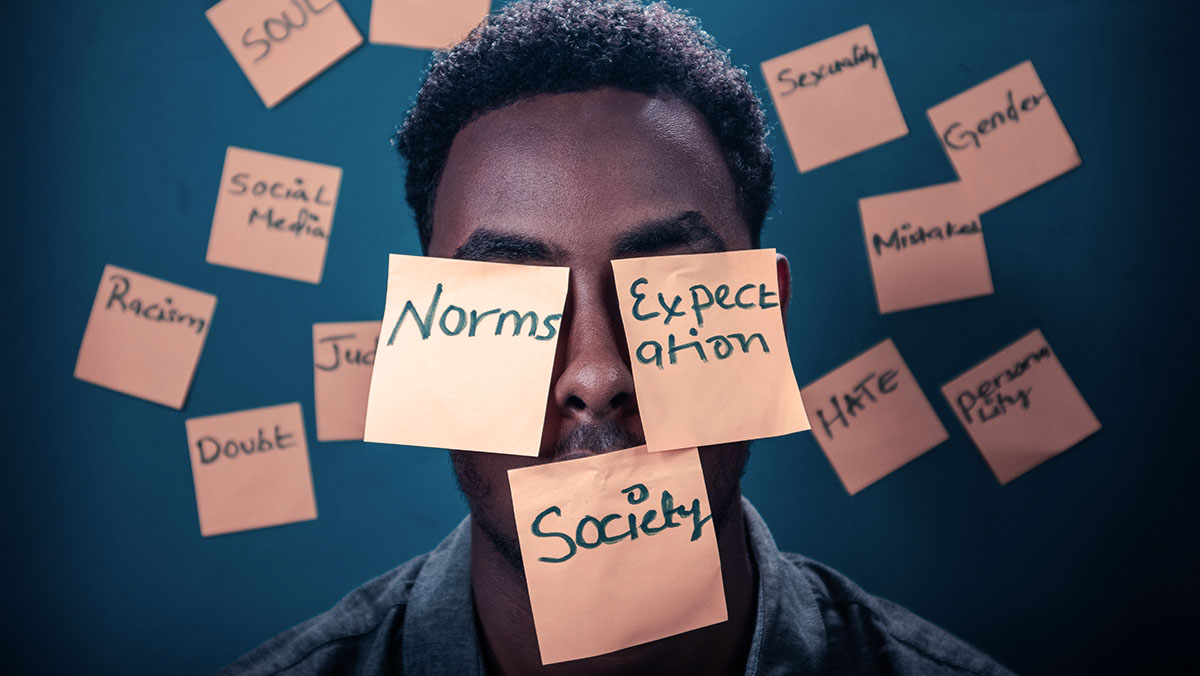
It is true that brands feed on the experiences people have with them, and ‘walking the talk’ is one of the most important aspects of successful brand building. Yet, the ‘talk’ part is of great importance, too. Brands have long considered PR as an integral part of their communication efforts, and rightly so. What brands say can make or break them, both offline and online, officially and unofficially. Before engaging in any type of discourse or dialogue, brands need to first listen and understand what the talk is about and, more importantly, what is their position on the matter.
We reached out to Michael Priem, the founder and CEO of Modern Impact, an omnichannel marketing firm, to find out the ins and outs of public relations in the 21st century. He’s counseled brands in Texas through major hurricanes, brands in Northern California on wildfire response, others on COVID response, and now he’s working with clients on a correct response to racism. Supported by decades of counseling brands, Michael’s categoric answers have brought some much-needed light on the differences between good and bad PR, social media, and much more. Here’s what he has to say:
Brandingmag: With decades of experience counseling big name brands, how do you define good PR?
 Michael Priem: In simplest terms, good PR – Public Relations – lives up to its name by remaining keenly aware of the current social climate and identifying opportunities to join the conversation in a context that increases your share of voice to keep your brand culturally relevant. As the name implies, it’s not about press releases and clever positioning. It’s about open dialogue and building relationships.
Michael Priem: In simplest terms, good PR – Public Relations – lives up to its name by remaining keenly aware of the current social climate and identifying opportunities to join the conversation in a context that increases your share of voice to keep your brand culturally relevant. As the name implies, it’s not about press releases and clever positioning. It’s about open dialogue and building relationships.
Bm: What about bad PR? What are some of the biggest mistakes that can bring defamation to a brand’s rep?
MP: The biggest mistake can be not participating in the conversation; remaining silent because you’re afraid you don’t have the “right” answer. Social discourse is going on with or without you, and being slow to act is often interpreted as incompetence or, worse yet, indifference. It’s okay to say you’re working on an appropriate answer but saying nothing speaks volumes. One reason why Boeing really suffered over the 737 Max failures last year was that they waited so long to speak.
Bm: If faced with an unpredicted public situation, what should be a brand’s first response?
MP: Make sure you really understand the situation and are crystal clear on the current sentiment in the community. Where is the average consumer coming in on the issue? What do they really care about regarding this event or situation? Great leadership isn’t always a matter of knowing the answer. Often, it’s a matter of understanding what needs to be done and a strategy for accomplishing it.
Bm: A welcomed catalyst for free speech globally, social media has also given voice to the hateful. What effects does this have on cultures worldwide?
MP: It’s no secret that bad news travels faster than good news, and social media makes the proliferation of negative content almost instantaneous. How long did it take us to adopt being a “Karen” into the public lexicon? A day? Maybe two? When it comes to brand reputation, 20% of the market will always be comprised of defectors and, hopefully, another 20% will be super fans. Success rests in reaching the 60% who are open to discussion and opportunity.
Bm: Is social media public or private domain? Is the platform owner entitled to filter content or should the principle of freedom of speech prevail? Is it ethical to censor?
MP: One of the biggest debates in Congress right now revolves around the implied responsibility of publishers to censor or otherwise “manage” content. While I believe big tech has a responsibility to monitor content and protect us from misinformation, it’s not their place to censor anything. If you want free speech and open dialogue, you’re going to get a two-way system that’s ripe for new governance. But that’s not censorship, it’s stewardship.
Bm: Should brands get involved in policing the streets of social media? Can such involvement lead to waves of bad PR for a brand?
MP: It’s not your brand’s responsibility to police social media or try to control content from anyone else. Your brand’s responsibility is policing its own content, understanding its own position on key social issues, and crafting communications that clearly convey that position in a thoughtful, compelling way. That’s enough responsibility for any brand.
Bm: Is ‘any PR good PR’, really? Is momentary controversy such a good tool for brand awareness that it can completely overshadow the permanency of a bad brand reputation?
MP: I don’t believe ‘any attention is good attention’, but temporary conflict or controversy can be a critical catalyst for brand growth if it’s purposeful and thoughtful. Nike’s support of Colin Kaepernick proves that point. Despite some uproar, they knew their core consumers wouldn’t be offended. Today’s brands are living, breathing, evolving entities that need to think long-term. It may be controversial now – but how about 3 years from now?
Bm: For long-term brand building, should brands try hard to fix possible bad PR moments or is it sometimes enough to let time do the healing?
MP: Contrary to the old adage, time does not heal all wounds. We all know that, left untreated and ignored, any wound – even the seemingly insignificant ones – will become infected, increasingly worse, and possibly kill you. Any brand facing a “bad PR moment” needs to actually face it, then act quickly and decisively. That willingness to action, alone, can have a major impact on brand reputation.
Bm: Any parting words of wisdom for brands playing the PR game in the era of social media?
MP: Listen, understand, and then engage. Just like any other conversation. Make sure you know where the prospect is coming from, where the conversation is heading, and participate appropriately. Although she wasn’t speaking of branding or public relations, I’m always mindful of Maya Angelou’s words: “People will forget what you said, people will forget what you did, but people will never forget how you made them feel.”
Cover image source: Yasin Yusuf